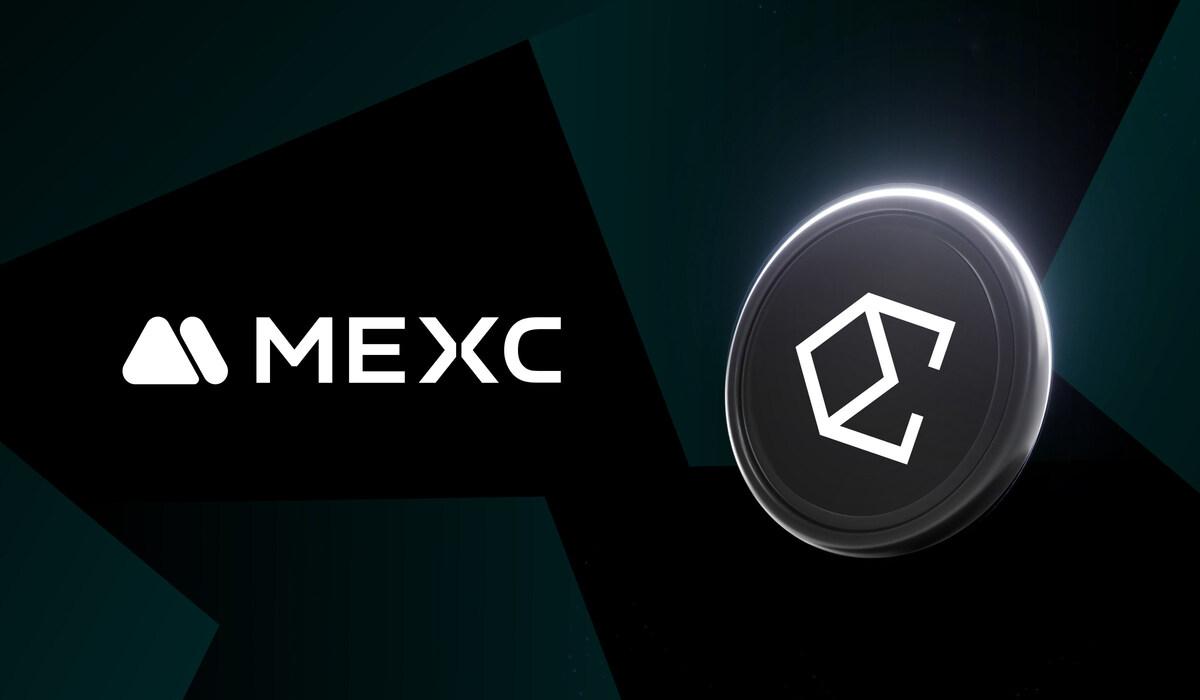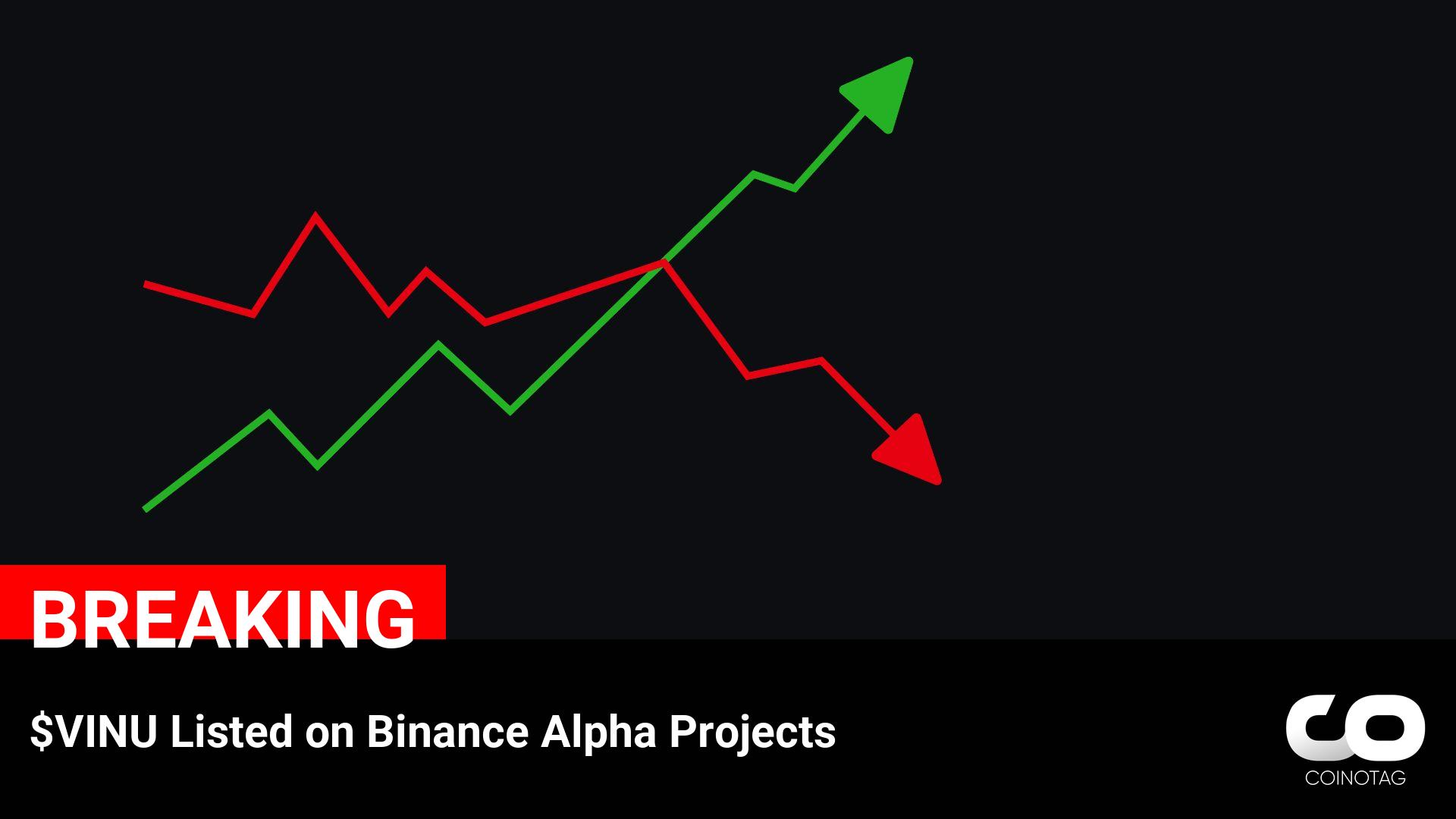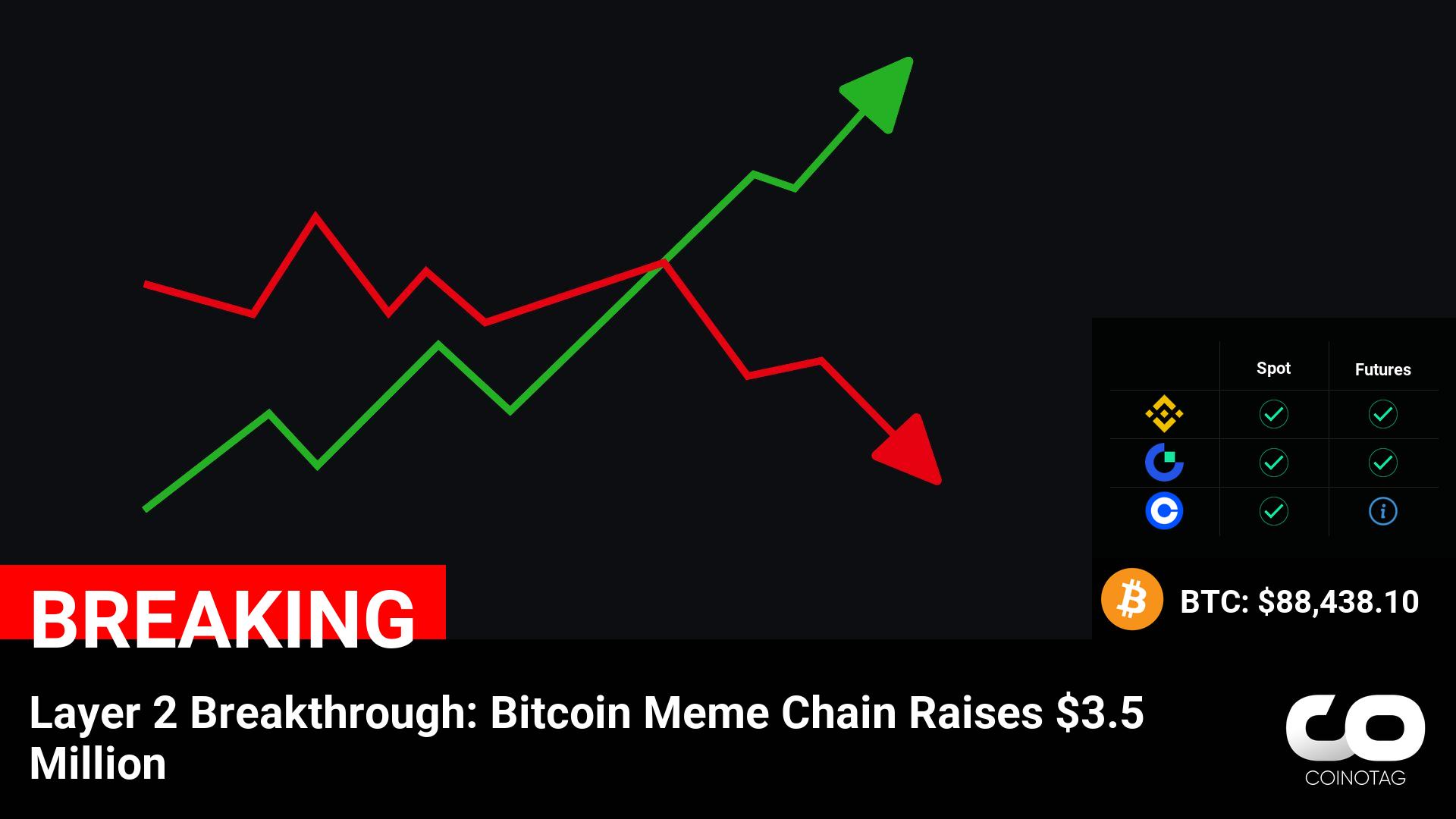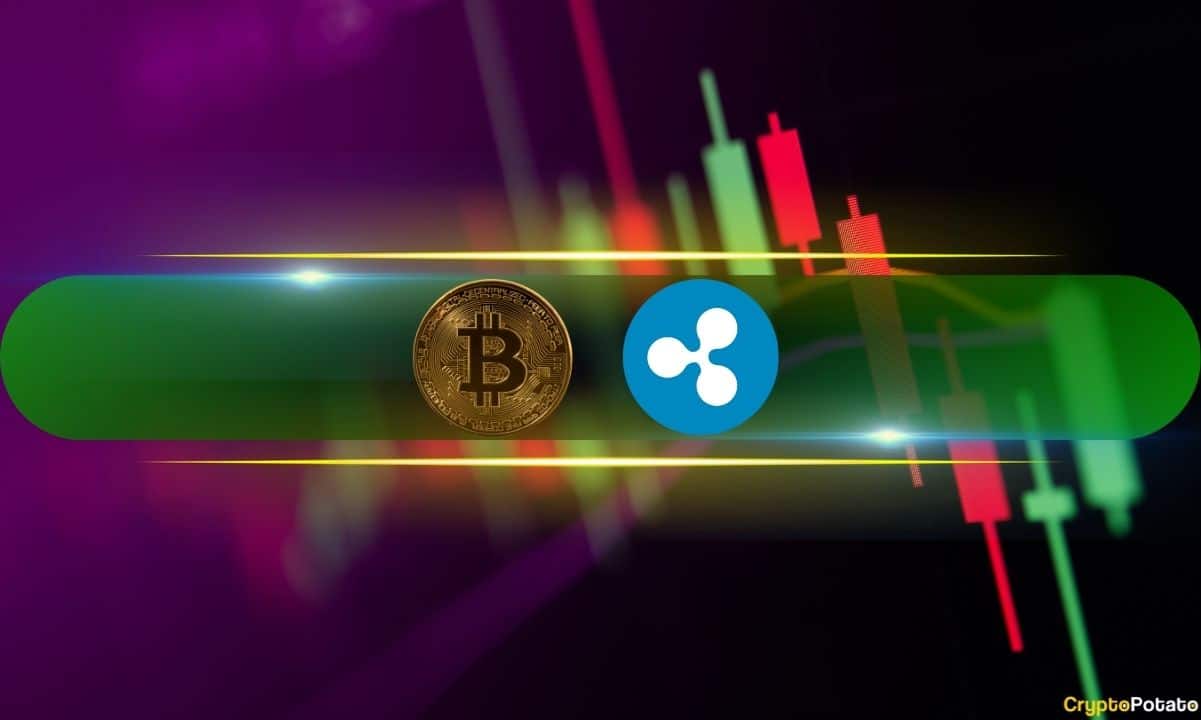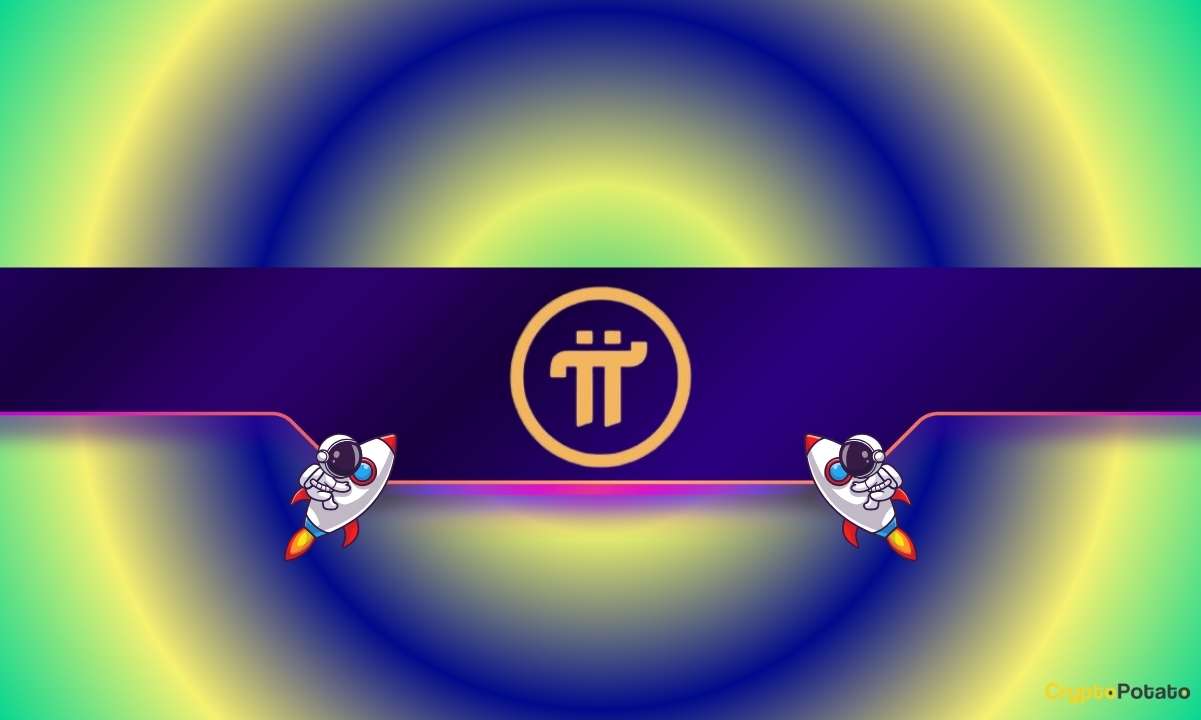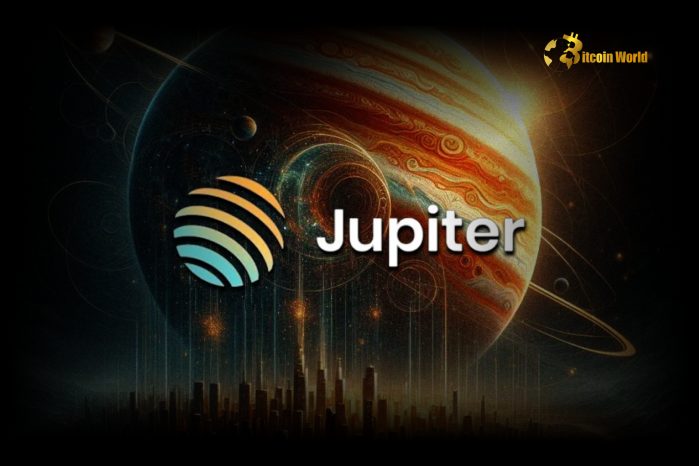
Hold onto your hats, crypto enthusiasts! The Solana ecosystem is buzzing with excitement as Jupiter (JUP), a leading decentralized exchange (DEX), has just initiated its first ever JUP Buyback program. This strategic move, worth a substantial $3.33 million, is sending ripples through the crypto market, and on-chain analysts are keeping a close watch. Let’s dive into the details of this significant development and explore what it means for Jupiter, Solana, and the broader DeFi landscape. What’s the Buzz Around the JUP Buyback? According to a recent report by on-chain analyst @ai_9684xtpa on X (formerly Twitter), Jupiter has officially commenced its inaugural JUP Buyback . Over the past 17 hours, a whopping 4,885,370 JUP tokens have been repurchased at an average price of $0.683. This significant accumulation amounts to a total investment of $3.33 million. All these transactions are transparently processed on-chain through the Jupiter Litterbox address, ensuring full accountability and visibility. And the best part? The JUP Buyback is still ongoing, suggesting even more activity to come! Why is Jupiter Initiating a Crypto Buyback? This crypto buyback isn’t just a random act; it’s a strategic decision rooted in Jupiter’s commitment to its community and the long-term value of the JUP token. Jupiter had previously announced a key initiative: 50% of all protocol fees generated on the Jupiter DEX platform would be dedicated to buying back JUP tokens. These repurchased tokens aren’t going back into circulation immediately; instead, they will be locked for a period of three years. This lock-up mechanism is crucial for several reasons: Reduced Circulating Supply: By taking a significant chunk of JUP tokens out of circulation, the buyback inherently reduces the available supply. Basic economics dictates that decreased supply, with consistent or increasing demand, can potentially lead to upward price pressure. Long-Term Commitment: The three-year lock-up period signals Jupiter’s long-term confidence in the JUP token and the future of its platform. It demonstrates a commitment beyond short-term market fluctuations. Community Reward: Using protocol fees for buybacks directly benefits the Jupiter community. It’s a way of redistributing the platform’s success back to token holders. Price Stability and Growth: Buybacks can act as a buffer against market volatility and contribute to a more stable and potentially appreciating token price over time. Jupiter DEX: A Cornerstone of the Solana Ecosystem To fully appreciate the significance of this JUP Buyback , it’s important to understand Jupiter’s role within the Solana ecosystem. Jupiter DEX has rapidly become a dominant force, known for its: Aggregated Liquidity: Jupiter isn’t just a DEX; it’s a DEX aggregator. It scours multiple Solana-based DEXs to find the best possible swap rates for users, ensuring optimal execution and minimizing slippage. User-Friendly Interface: Jupiter prioritizes a seamless and intuitive user experience, making decentralized trading accessible to both seasoned crypto veterans and newcomers. Comprehensive DeFi Suite: Beyond swaps, Jupiter offers a growing suite of DeFi tools, including limit orders, DCA (Dollar-Cost Averaging), and bridge aggregation, making it a one-stop-shop for Solana DeFi users. High Transaction Speeds and Low Fees: Leveraging the Solana blockchain, Jupiter offers lightning-fast transaction speeds and incredibly low fees, a stark contrast to many Ethereum-based DEXs. The success of Jupiter DEX directly translates into protocol fee generation, which now fuels this strategic JUP Buyback program. This creates a positive feedback loop: platform growth leads to more fees, which in turn fund buybacks, potentially boosting token value and attracting more users. On-Chain Insights: What Does the Data Tell Us? The beauty of blockchain technology lies in its transparency. Thanks to on-chain analysts like @ai_9684xtpa, we can track the JUP Buyback activity in real-time. Here’s a breakdown of key data points: Metric Value Total JUP Repurchased 4,885,370 JUP Average Buyback Price $0.683 Total Value of Buyback $3.33 Million Buyback Address Jupiter Litterbox Status Ongoing This data confirms the scale and execution of the JUP Buyback . The average buyback price of $0.683 provides a benchmark for market participants to consider. The ongoing status indicates that this is just the beginning, and more buyback activity is anticipated in the future. Impact and Future Outlook for JUP and Solana What are the potential implications of this crypto buyback for JUP and the Solana ecosystem? Positive Price Action: Historically, buyback programs have often been associated with positive price movements in the short to medium term. Reduced supply and increased demand can create a favorable environment for price appreciation. Increased Investor Confidence: The JUP Buyback signals Jupiter’s financial strength and commitment to its token holders. This can boost investor confidence and attract new participants to the JUP ecosystem. Strengthened Solana DeFi: Jupiter’s success is intertwined with the Solana ecosystem’s growth. A thriving Jupiter DEX contributes to the overall health and vibrancy of Solana DeFi, attracting more users and liquidity to the network. Benchmark for Other Projects: Jupiter’s transparent and strategic crypto buyback program could serve as a model for other DeFi projects looking to enhance token value and reward their communities. Conclusion: A Strategic Move in the Right Direction Jupiter’s inaugural JUP Buyback program is a significant and strategic move that underscores its commitment to long-term growth and community value. By allocating 50% of protocol fees to repurchase and lock JUP tokens, Jupiter is demonstrating a proactive approach to tokenomics and ecosystem development. As the buyback continues to unfold, it will be fascinating to observe its impact on JUP’s price, investor sentiment, and the broader Solana DeFi landscape. This development reinforces Jupiter’s position as a leading innovator in the decentralized exchange space and a key player in the burgeoning world of Solana. To learn more about the latest explore our article on key developments shaping Solana ecosystem growth.
Bitcoin World
You can visit the page to read the article.
Source: Bitcoin World
Disclaimer: The opinion expressed here is not investment advice – it is provided for informational purposes only. It does not necessarily reflect the opinion of BitMaden. Every investment and all trading involves risk, so you should always perform your own research prior to making decisions. We do not recommend investing money you cannot afford to lose.
Market Trends Show Major Declines for Cardano, Binance Coin, and Avalanche

Cardano struggles to maintain its price above one dollar. BNB faces challenges in breaking the 700 dollar mark. Continue Reading: Market Trends Show Major Declines for Cardano, Binance Coin, and Avalanche The post Market Trends Show Major Declines for Cardano, Binance Coin, and Avalanche appeared first on COINTURK NEWS . Bitcoin World

Ondo Finance launches RWA campaign on NAVI Protocol to drive adoption of USDY
Ondo Finance has launched a campaign on Sui’s NAVI Protocol to drive adoption of its yield-bearing stablecoin USDY. Ondo Finance ( ONDO ) has launched a new campaign in collaboration with NAVI Protocol, aiming to encourage more people to use its stablecoin USDY, a tokenized US Treasury yield coin by Ondo Finance. Running from Feb. 26 to March 12, the initiative offers participants a chance to earn rewards by supplying liquidity for USD (depositing it into NAVI Protocol). Participants earn points based on their liquidity contributions, making them eligible for a share of the rewards, which will be paid in NAVX and USDY. The campaign has a total reward pool of $35,000. The top 100 participants will share $10,000, while an additional $25,000 will be distributed among 2,500 more winners. USDY is a special type of stablecoin created by Ondo Finance that earns daily interest. Unlike regular stablecoins like Tether ( USDT ) or USD Coin ( USDC ), which just hold their value, USDY is backed by US Treasury bills and bank deposits. Because it’s backed by yield-generating assets, it automatically generates yield for its holders. This effectively makes USDY an on-chain alternative to holding cash in a savings bank account or investing in money market funds. Since USDY earns yield without requiring staking or locking, it’s becoming an attractive stablecoin alternative in DeFi as it allows users to earn yield without taking on crypto volatility risks. Since it operates on the blockchain, it can also be used in DeFi for lending and borrowing. You might also like: US leadership in crypto: The focus is on stablecoins | Opinion USDY was first introduced on the Sui blockchain in March 2024. Later, it was expanded to other networks, launching on the Cosmos ecosystem via Noble in July 2024, the Aptos blockchain in Dec. 2024, and Arbitrum ( ARB ) in August 2024. Earlier in Feb., USDY also launched on the Stellar ( XLM ) network in the coming months. Apart from NAVI Protocol , several other protocols on Sui, namely Aftermath Finance, Cetus, Typus Finance, Bucket Protocol, Turbos, and KriyaDEX, have integrated USDY. Among other DeFi platforms, USDY was integrated on BounceBit and Injective ( INJ ), offering users seamless exposure to USDY’s yields. Drift Protocol enabled users to use USDY as collateral for perpetual trading on Solana ( SOL ). According to Coinmarketcap , as of Feb. 26, USDY has a market capitalization of around $382 million. You might also like: US leadership in crypto: The focus is on stablecoins | Opinion Bitcoin World


